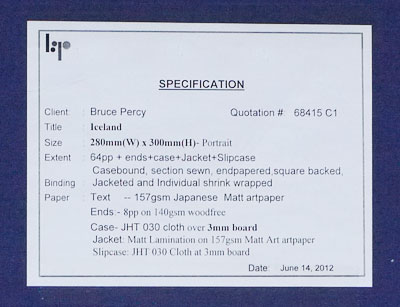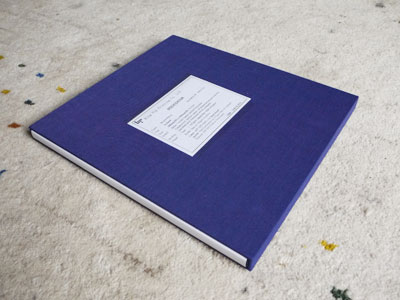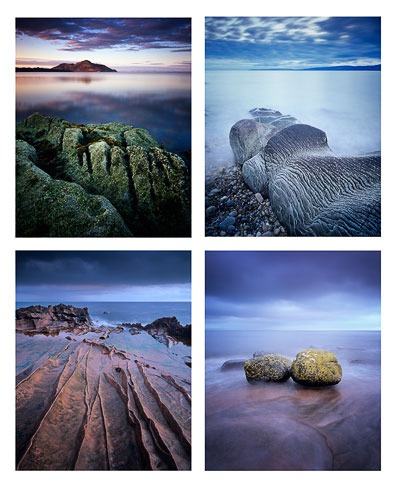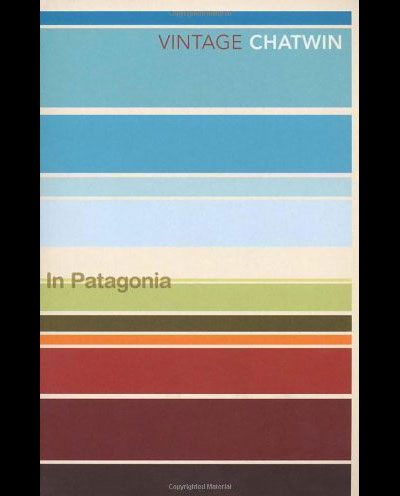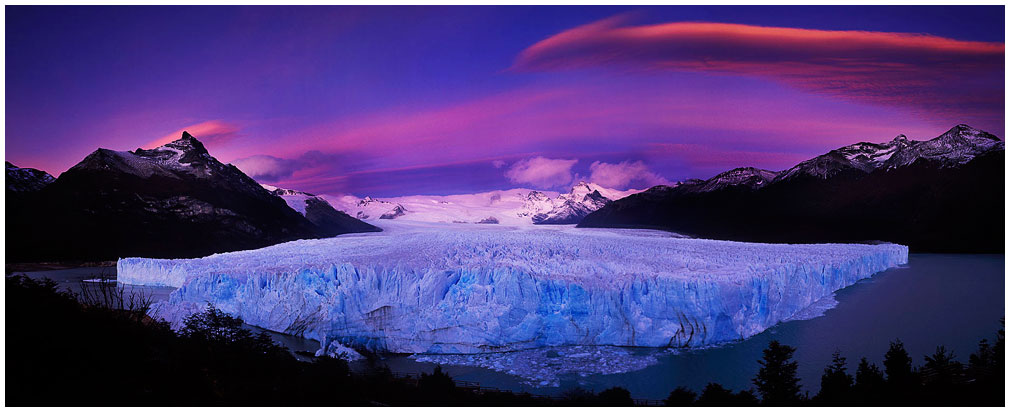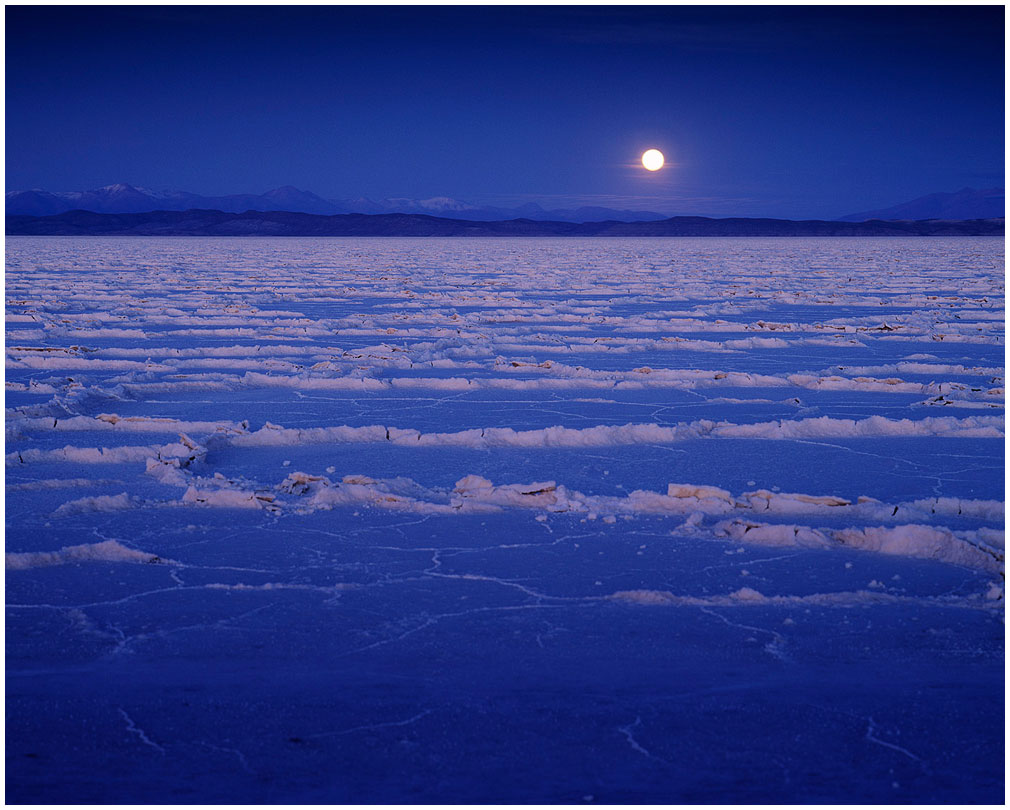I love to make up stories, whether it's verbally, or visually. Tonight I've just got my 8-rolls of film back from my little jaunt around the central highlands of Iceland over the past two weeks.
There's not much in the rolls of film I came home with. I didn't expect there to be, because I don't think I was operating on full-cylinders for the first week and a half. Partly due to tiredness from all the traveling I've been doing, and also because the weather (Iceland had been having a terrific summer up until I arrived), was pretty miserable and lacking colour most days.
Until that is, I visited Rauðfossar waterfall in the Rauðfossafjöll range (central highlands). It came at the very end of my trip, and talking to a friend of mine about the experiences, she said to me 'it seems you enjoyed your last week in iceland, and I'm sure you'll look back on it fondly'. Well, I guess that's very true, as I'm particularly happy with these three images (or stories as I like to think of them, because I feel they illustrate some aspects of Rauðfossar's character - the waterfall is very difficult to photograph in its entirety, as it's so large and looks like a rather messy spiders web from afar).
But up close, the waterfall is a wonder. There was even a tiny glacier in the river bed (the remnant of last winter, that still hadn't melted away). And although it is called Red falls, it actually has a lot of orange stone in it (the image on the far right has not been messed about with to make that foreground rock look as orange as it is, that's really mostly how it looked + velvia saturation).
This has been a place I've been trying to get to for the past eight years. I'm surprised that it is not on some central highland-tour stop. None of the buses stop here, there isn't a campsite at the base of the falls (I have an epic tale to tell of how I managed to get here), and it's not even featured on most of the postcards you see in Iceland. In short, unless you're really into studying Iceland a bit more than the average tourist, you'll probably not know anything about this beautiful place.
Now, in terms of my little epic tale - of how I got here. I'm embarrassed to say that I had to ford three rivers to get here, and maybe walk around eight miles in total. Most of the wardens in Landmannalaugar don't know of it's existence, and it was only by spying a map in a little cafe that I saw the words 'raudafoss' and said - oh - where is that? There seems to be a campsite near by', and before I knew it, I was packing my my tent and heading for a bus that would drop me off at the particular campsite. I still had no idea if I was going to get to this waterfall, but I felt that if I got to the campsite 'near' it, I might get a better informed opinion from the warden there to how it might be possible to get to the waterfall - which is exactly what happened. I was informed upon arrival at the new campsite that the waterfall was 'just around that bend, maybe 8km away, easy to get to (yeah, right!), and maybe a little stream to cross (yeah, right - ha ha ha).
I made it to the waterfalls around 9pm after crossing three rivers, some large expanses of moss and not another person to be seen for miles. I also add that on my return just after midnight, I had to cross the same river (almost waist-level in places) without my trousers on and boots held high in the air (as well as camera bag), and me cursing myself for being so daft to get myself into this situation (the amount of times I get myself into stupid situations for the love of a landscape photograph).
I got back to my tent near 1am, dirty - the river was full of black sand and silt. But happy, because I knew that I'd finally made it to the waterfall I've been so wanting to visit for years.
Madness, but then again, isn't that what all landscape photographers are?
In terms of compositional information.I seemed to be attracted to rocks that had a degree of separation from their surroundings. Either in space (solitary rocks), or more often in terms of tonality. Playing in a landscape like this almost felt like I'd been let loose in a sweetie-shop (candy store). It felt like it was easy pickings to go find a rock that stood out - some were yellow-gold, and others were bright orange. It would be a great place to teach people about composition from the point of view of using colour and space for separation.
(ps, if you click on the image - you'll see a nice big jpeg of the three images of the waterfall).





